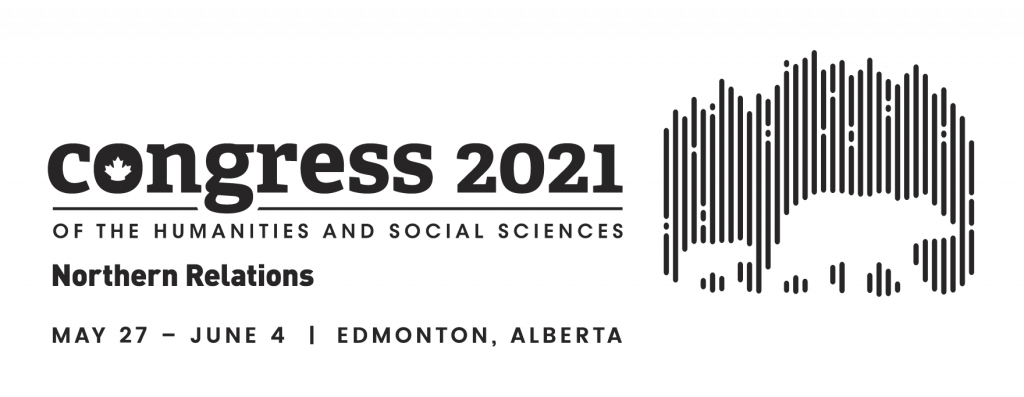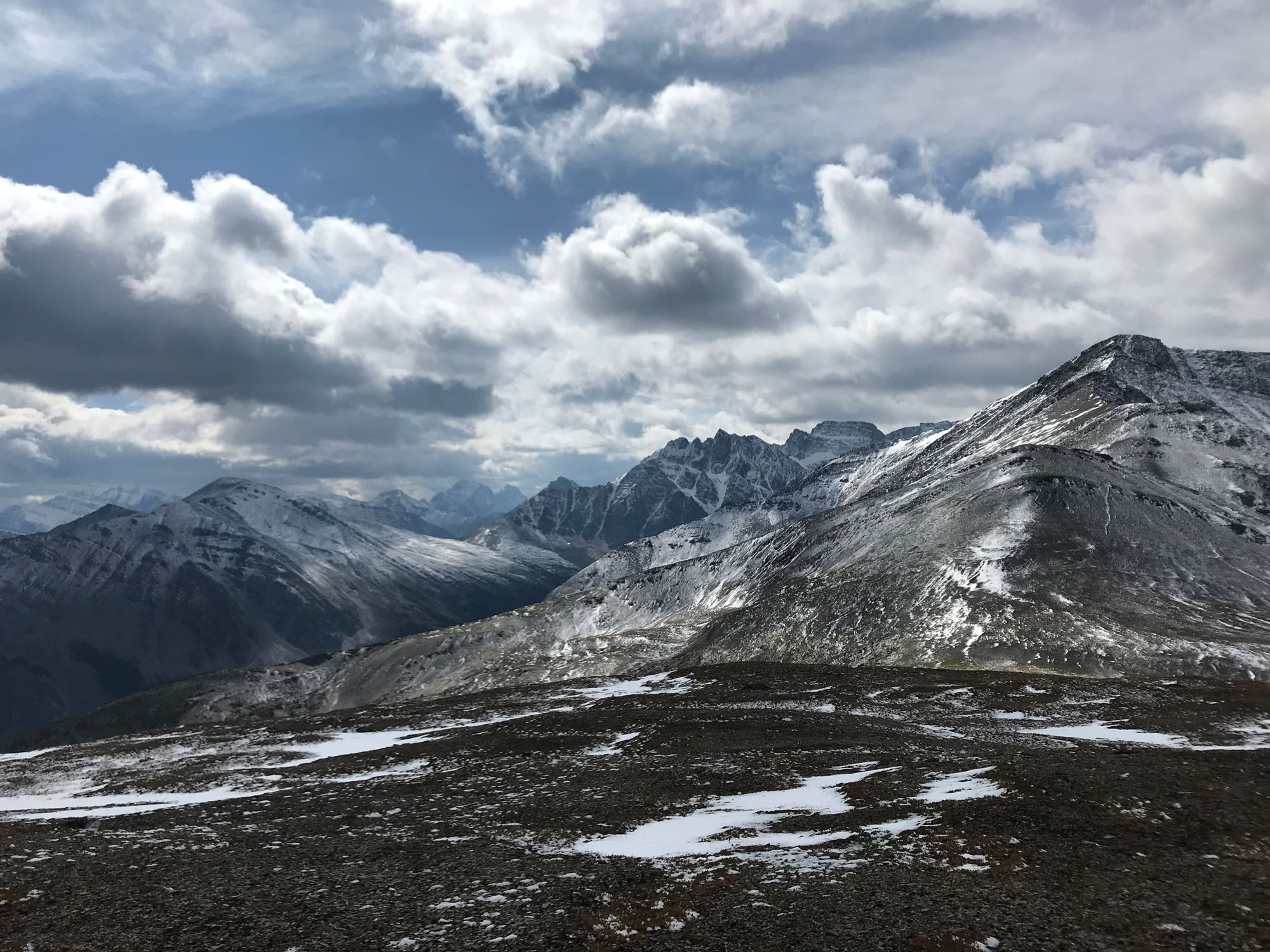Melting Mountains
Award: Semifinalist, Images of Research Competition 2019
| Submitted by: | Jessica Serbu |
| Faculty/Department: | Faculty of Science, Department of Biological Sciences |
| Place of creation: | Whistlers Mountain summit, Jasper National Park |
This image captures both the grandeur of mountain landscapes and their sensitivity to climatic warming. Most of the world’s population derives cultural, spiritual, and/or recreational significance from glaciated mountains. Furthermore, glaciers provide more than a sixth of the world’s population with clean freshwater, but with global glaciers shrinking at an unprecedented rate due to climate change, food and water security are under threat. As glaciers melt, the downstream runoff fluctuates in both quantity and quality. Downstream rivers and lakes are increasing in both size and number, but will be followed by a sharp decline as the ice is lost. Glacial melt also releases nutrients and contaminants that have been historically archived in glacial ice, impacting freshwater quality, productivity, and ecological services of downstream landscapes. My research is conducted in Canadian glacial regions (Banff, Jasper, and Quttinirpaaq National Parks), and will identify the glaciological, biogeochemical, and limnological processes that are occurring in the rapidly evolving landscapes forming in front of retreating glaciers. With Canadian polar and western alpine glaciers being predicted to shrink by 9 and 85%, respectively, by 2100, characterizing changing freshwater quality in these systems will be essential in predicting and planning in the face of ongoing climate change.


